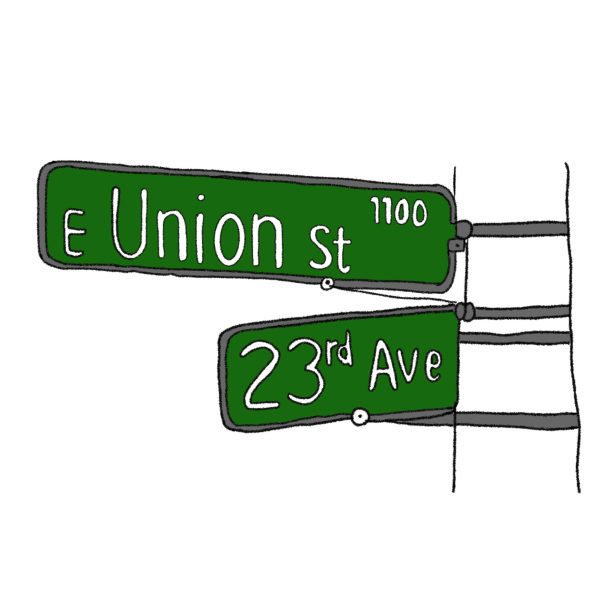The 24 Credit Effect
Potential schedule changes are in store for SPS.
Seattle Public Schools is discussing a potential schedule change for the 2019-2020 school year in order to expand credit earning opportunities for students who need 24 credits to graduate as well as improve student learning and engagement at the high school level. Starting with the class of 2021, Washington State law requires all students to earn 24 credits to graduate, which is three credits more than previously. With the current schedule, students have six credit earning opportunities each year and 24 throughout the typical 4-year high school curriculum. To increase the success of their students, the SPS district is looking to increase credit-earning opportunities and enhance course offerings across high schools.
“Currently, based on the analysis of our data from the start of the year, 26% of all students across Seattle Public Schools are typically earning fewer than 6 credits per year,” said Caleb Perkins, the Director of College and Career Readiness for Seattle Public Schools.
If the district doesn’t add any credit earning opportunities for students, it could significantly hurt students’ ability to earn their diplomas.
“If we only offer 24 credit earning opportunities and students need to get 24 credits then approximately one out of four students would be off track,” said Perkins.
When discussing this potential schedule change, expanding credit earning opportunities isn’t the only element the board is taking into consideration.
“In addition, there’s the discussion of the benefits of having longer instructional blocks, for example having a science lab that’s able to meet 90 minutes as opposed to 45 minutes,” said Perkins.
There is also discussion centered around how to maintain the presence of AP or IB programs at schools and how to promote other learning opportunities such as work site learning, participation in Skills Centers or taking academic support classes. Attempting to balance these factors requires time and thought.
“We decided that next year was too soon to make a large schedule change” said Perkins. “We anticipate what I would say is the final parameters for the 2019-2020 schedule will be determined in the fall.”
The ultimate goal of this process is to determine guidelines for a schedule that ensures student success within existing constraints. Next year, both the freshman and sophomore classes will need 24 credits to graduate but will only be offered 6 credit earning opportunities per year in most SPS high schools. The district will be taking steps to support these students and keep these students on a path to graduate.
“We are providing additional dollars to our high schools to support the 9th and 10th graders,” said Perkins. “We want to make sure schools are doing what they can within the existing schedule to ensure they stay on track whether it be additional tutoring or smaller class sizes.”
Between now and the fall the SPS staff is opening engagement opportunities for school leadership and parents.
“We are putting together a detailed communications and engagements plan which has begun to lay out when we’re going to engage various groups, including parents,” said Perkins. This plan is designed to ensure families and communities have access to the latest information.
District staff will continue to engage with the School Board and other key stakeholders, including the Seattle Education Association, weighing their options and brainstorming how to balance all the parameters in order to make decisions that will ultimately lead to success for the district’s students. However, it will be important going forward for parents and guardians to engage within their individual school communities as well.
“All of the parameters we
put together for the schedule will be common but we anticipate schools will have some latitude to dictate the exact variation that they implement for their schedule,” said Perkins. “The open question is how much latitude and that’s where I couldn’t tell you exactly yet.”
Seattle Public Schools hopes to engage a broad range of community stakeholders affected by this change so that the schedule for the 2019-2020 school year addresses a broad range of interests.
“It will ultimately be difficult to decide on a high school schedule that everybody will love completely but we believe that we’re trying to implement a plan that will have benefits for all groups of students and we look forward to providing opportunities for folks to learn more about this work.” said Perkins.






